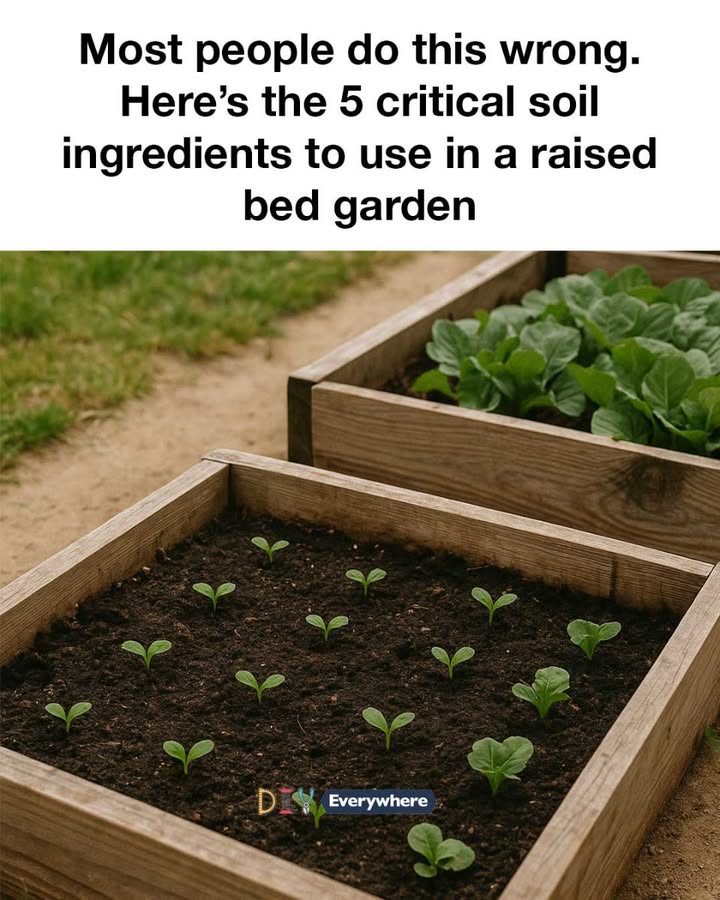Raised bed gardening has become increasingly popular among both novice and experienced gardeners due to its numerous advantages. These elevated plots not only offer better control over soil quality but also improve drainage and reduce the risk of soil compaction. Raised beds can be constructed from a variety of materials, including wood, stone, or metal, and can be tailored to fit any space, making them ideal for urban gardening. The key to a successful raised bed garden lies in the soil composition, which must be carefully crafted to provide the optimal environment for plant growth.
Understanding the Importance of Soil Composition
Soil composition is the foundation of any successful garden, and this is especially true for raised beds. Unlike traditional in-ground gardens, raised beds rely entirely on the soil mixture you provide. This means that you have the opportunity to create the perfect growing medium, but it also means that any mistakes in soil preparation can lead to poor plant health and reduced yields. A well-balanced soil composition will ensure that plants receive the necessary nutrients, water, and air, while also supporting beneficial microorganisms and earthworms.
Advertisement
The Common Mistakes in Soil Preparation
Many gardeners make the mistake of filling their raised beds with whatever soil is readily available, such as topsoil or garden soil, without considering its composition. This can lead to issues such as poor drainage, nutrient deficiencies, and imbalanced pH levels. Another common error is neglecting to mix in organic matter, which is essential for maintaining soil structure and fertility. Understanding and avoiding these common pitfalls is crucial for creating a thriving raised bed garden.
ADVERTISEMENT

